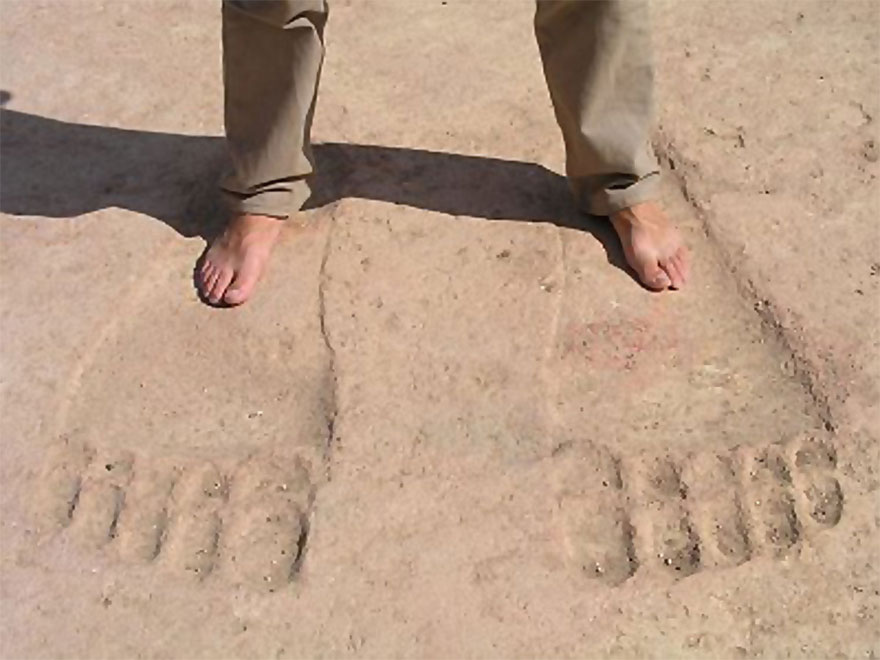Throughout history, the discovery of unusual giant footprints etched into solid stone has sparked intrigue and debate among scientists, historians, and enthusiasts alike. Since the birth of the internet, the interest has got even more intense. These impressions are often attributed to mythological beings or unknown creatures from ancient times. I hear the words Nephilim Giants thrown around in YouTube comments everyday.
Ancient Mysteries
Ancient mysteries captivate the imagination, teasing the curious with questions about our past. From the purpose behind the construction of Stonehenge to the methods used to build the Pyramids of Giza, these enigmas present puzzles that historians and archaeologists strive to piece together. The allure of these ancient mysteries extends to places like the Nazca Lines in Peru – huge geoglyphs etched into the desert whose intended audience seems to be the gods above. Each of these ancient mysteries serves as a reminder that despite our advancements, there remains much about the ancients that we do not understand.
Another realm of ancient mystery is the lost city of Atlantis, first described by the philosopher Plato and yet to be discovered, if it ever truly existed. Similarly, the disappearance of the Mayan civilization and the cause of the collapse of the Bronze Age arouse curiosity and speculation. Unraveling the mysteries of the ancients isn’t just about solving puzzles; it’s about connecting with our heritage, learning about human ingenuity, and understanding how ancient cultures have shaped the modern world. These ancient history mysteries continue to be a fertile ground for research, debate, and exploration, inspiring every new generation to learn and discover.
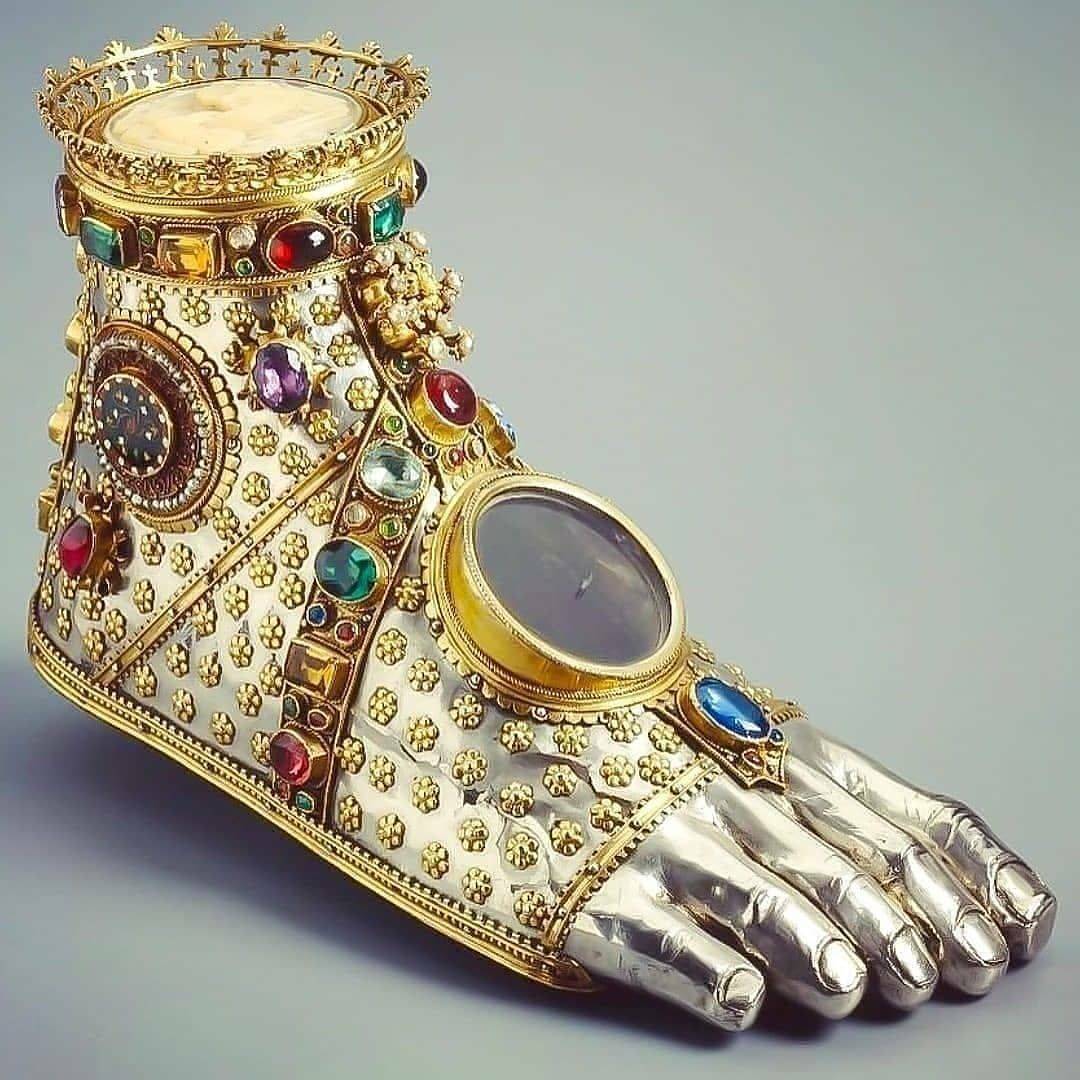
The Basel Foot Reliquary
The Basel Foot Reliquary is a captivating artifact of religious significance dating back to the Middle Ages. It’s a reliquary, a container for holy relics, specifically designed to house a fragment of a saint’s foot. This exquisite piece of craftsmanship, made of gold and silver, adorned with precious gems, is a testament to the importance of relics in medieval religious practices. Today, it resides in the Historisches Museum Basel, a treasure trove of history and culture in Switzerland.
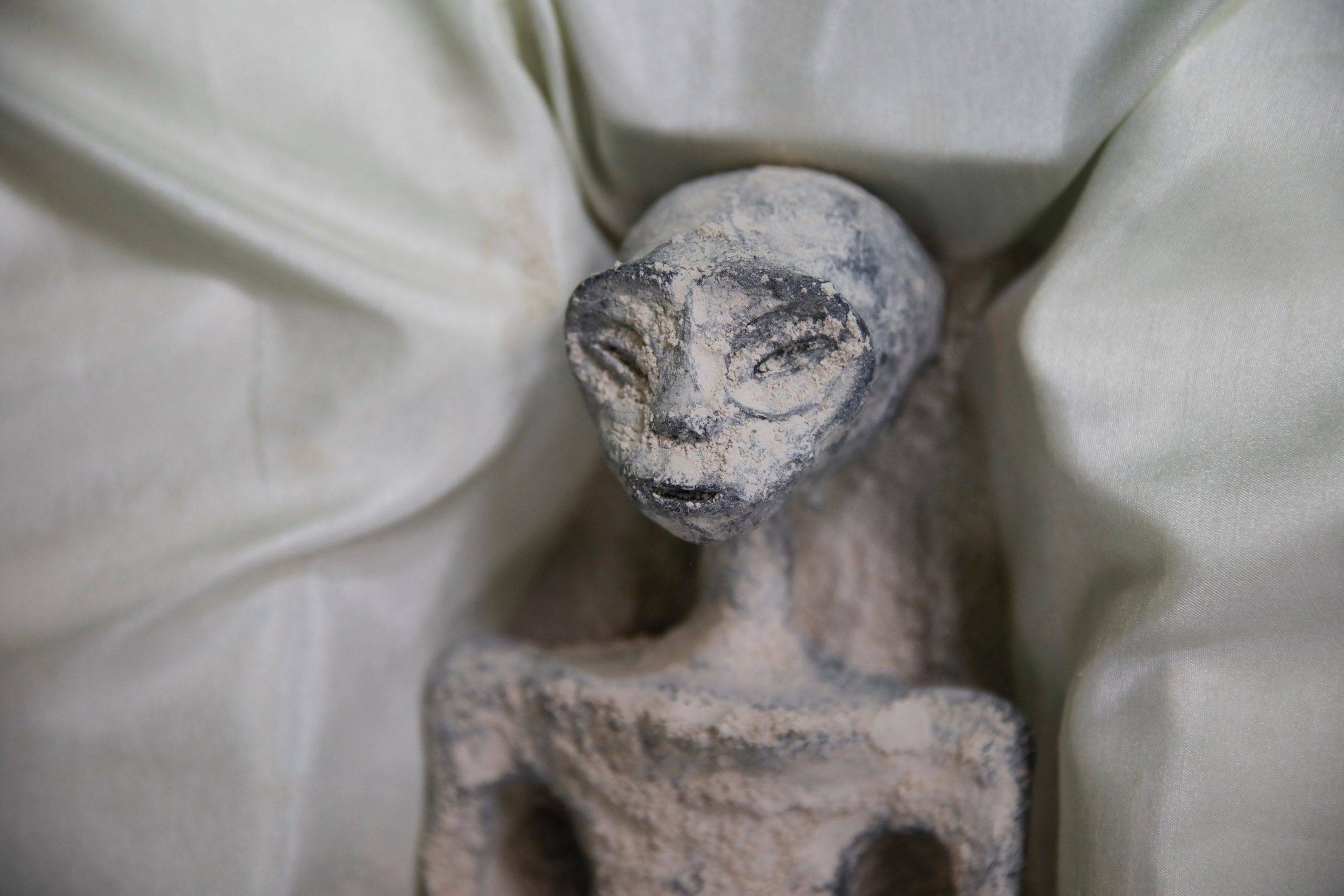
The Nazca Mummies
The Nazca mummies have sparked intrigue and controversy since their discovery. These mysterious mummified remains, found in the Nazca region of Peru, have been the subject of much debate among scientists, archaeologists, and enthusiasts of the paranormal. The mummies are unusual due to their elongated skulls and three-fingered hands, leading to speculation about their origins. This article explores the Nazca mummies, delving into their discovery, authenticity, and the various theories surrounding them.
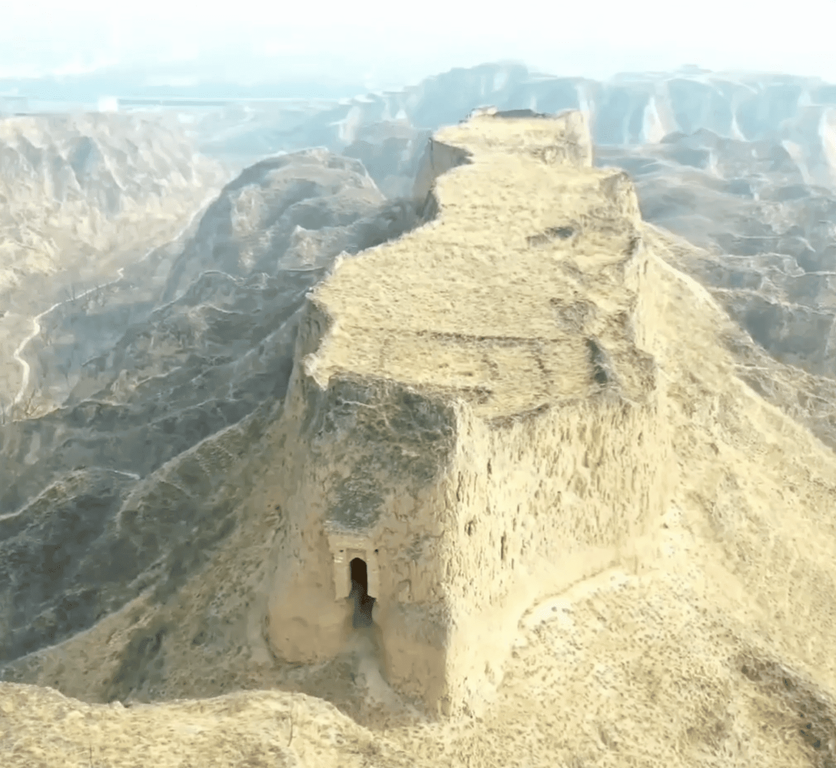
Mysterious Ancient Doorway at Hejin City
Situated atop a lofty loess slope, this mysterious fortress is cleverly concealed by deep gorges, rendering it almost invisible to the untrained eye. Even local residents have scant knowledge of its historical origins. It was only through the guidance of an 80-year-old local named Hou Jun’e that the significance and design of the fortress came to light. His familiarity with the area was key in uncovering the pathways leading to this historic site.
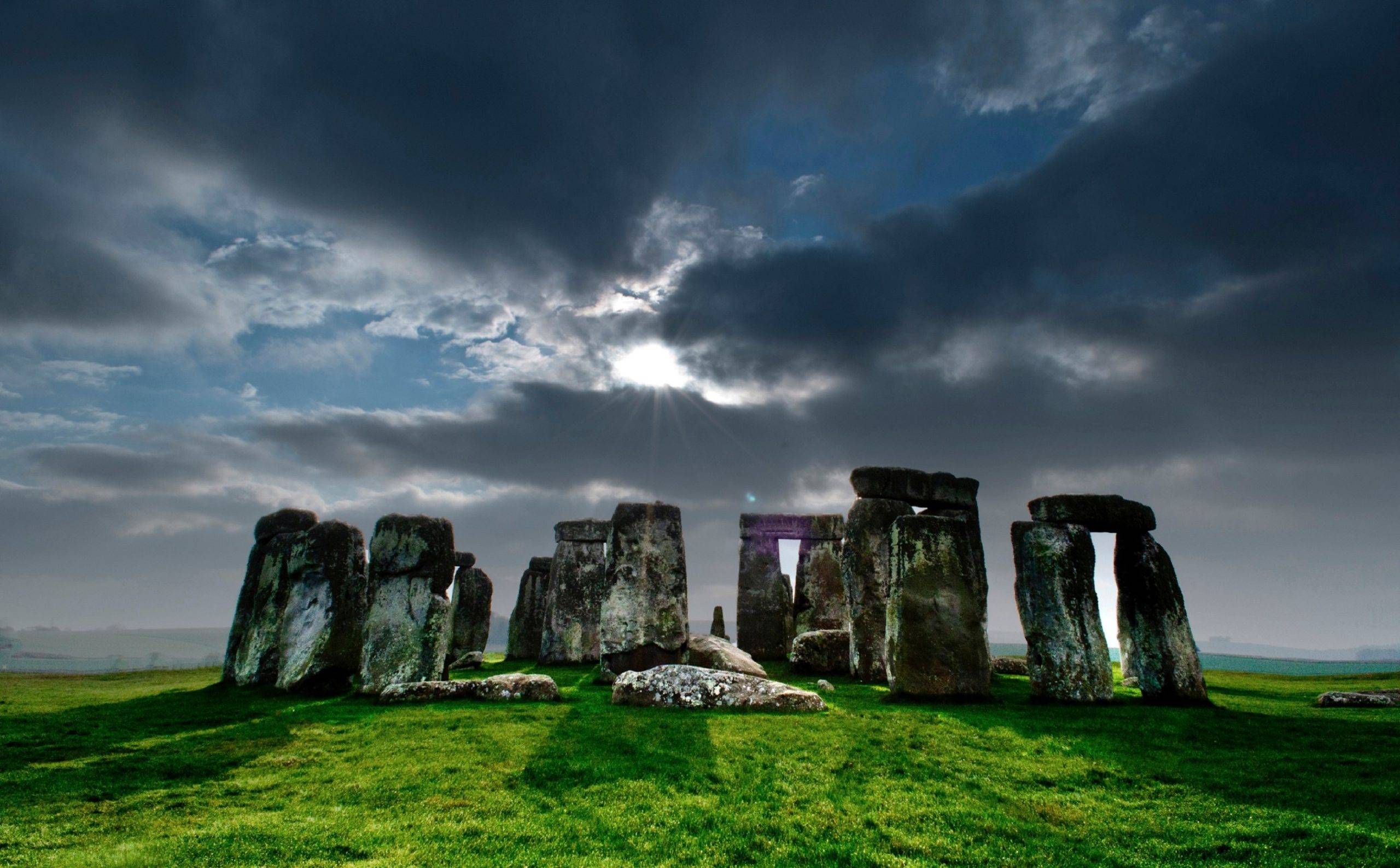
Stonehenge
Stonehenge, a prehistoric monument located in Wiltshire, England, is one of the most famous landmarks in the United Kingdom. This iconic site, with its massive stone structures arranged in a circular pattern, has intrigued historians, archaeologists, and visitors for centuries. Its purpose and the methods used in its construction remain a subject of ongoing debate and fascination.

The Sakafuneishi Stone
Japan is a land of ancient traditions, rich history, and fascinating mysteries. One such enigma is the Sakafuneishi Stone, a mysterious artifact located on the island of Asuka in Nara Prefecture. While its age is not definitively known, the stone is thought to be around 1,300 years old, dating back to the Asuka period. This blog post aims to explore the Sakafuneishi Stone, delving into its history, theories about its purpose, and its cultural significance.

